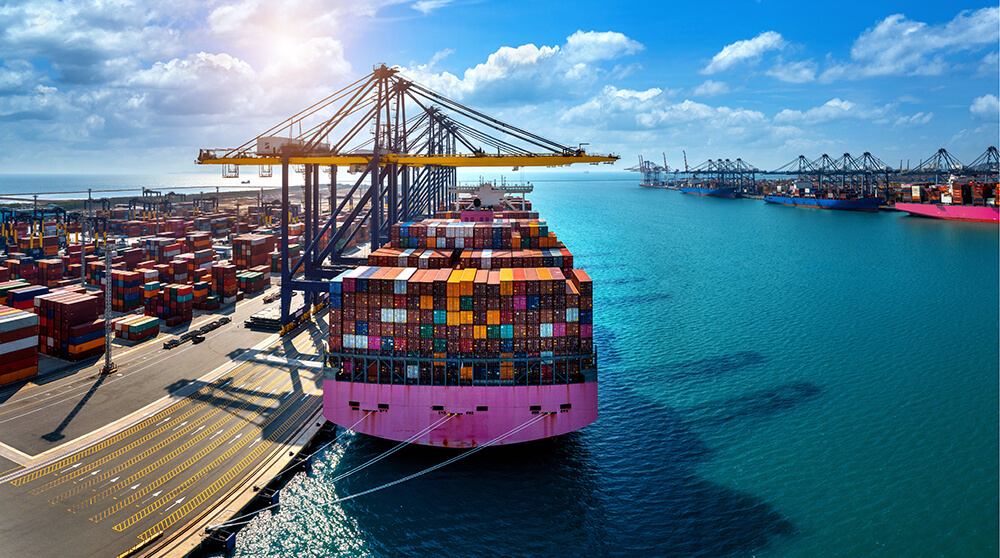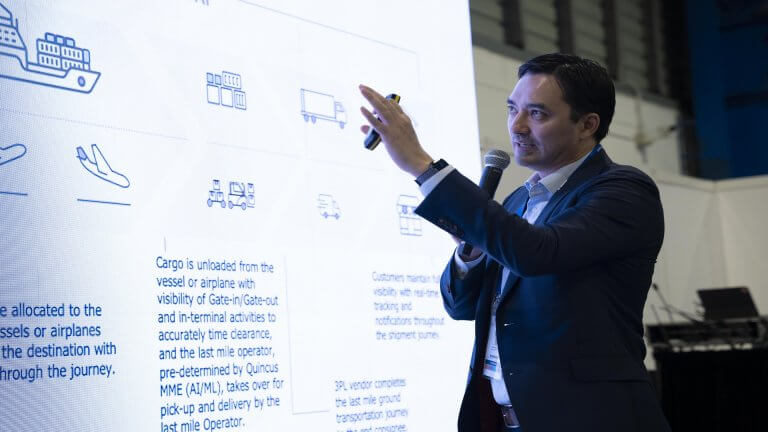
The Data Stepping Stones to Supply Chain Visibility
As crucial as supply chain visibility is to the performance and resilience of logistics networks, it remains all too easy to see it as a buzzword–or an idealized to-be state with few concrete paths leading there. The truth is that supply chain visibility boils down to two big things: full digitization and visualization of data. And supply chain technology has evolved to the point where both are now well within reach.
The supply chain digitization journey is far from complete; some 60% of supply chains are still in the pre-digital era, operating on analog or Excel-based processes that hamper data accuracy. Ensuring data is captured at all the different segments and milestones of the supply chain is a fundamental first step, and one where change management and process management play critical roles.
Know your data sources
Supply chain operators need to think about where their data comes from. Whether it’s from a warehouse employee scanning in a package, a consumer keying in an order, or any other touchpoint along the chain, making sure that data can be captured is paramount.
Supply chain visibility is built upon a foundation of giving the right tools to the people on the ground who are capturing the data–which is also where the most problems can arise. Ensuring sensor networks are in place at all the right points, and that workers have access to the proper data-capturing equipment and apps, makes all the difference between a clear, overarching picture of what is going on in the supply chain, and an incomplete view riddled with blind spots and time-wasting reworks.
Once the former is in place, integration can begin. With packages handed over from one provider to another and the disparity of technologies and processes between these, no single supply chain partner can play the data visibility game independently: it is estimated that a mere 11% of the logistics industry has visibility into third-party operations. The only way to get data across the entire package journey to match up is by enabling integrations into all those different systems, and thereby enable the information sharing needed for complete end-to-end visibility. Some of this will inevitably be irrelevant or ‘noise’, which is where good data visualization–knowing what to show and what not to show–comes in.
Optimize step by step
It is also worth noting that, when getting started with data capture, it is not about trying to suddenly capture everything. The sheer volume of data points aside, entire operations cannot be changed in one go; it must be taken one step at a time. Supply chain operators must identify areas of their network where supply chain visibility can drive tangible benefits, and prioritize data capture accordingly. Data points like mileage, fuel usage and distance driven are critical to cutting fleet costs and improving sustainability, for instance, while data on package ETAs, whereabouts and milestones can be leveraged to improve both hub productivity and customer satisfaction.
All these areas should be treated as pieces of the optimization puzzle. No matter in what order they are optimized, the end result should be a connected supply chain ecosystem where data can flow freely. While technology goes a long way towards capturing and contextualizing that data, it also takes the right methodology and trust between supply chain partners to turn that data into supply chain visibility.
Reach out to the Quincus team today for a confidential discussion on making your supply chain data work for you.
Subscribe to keep up with our latest news









